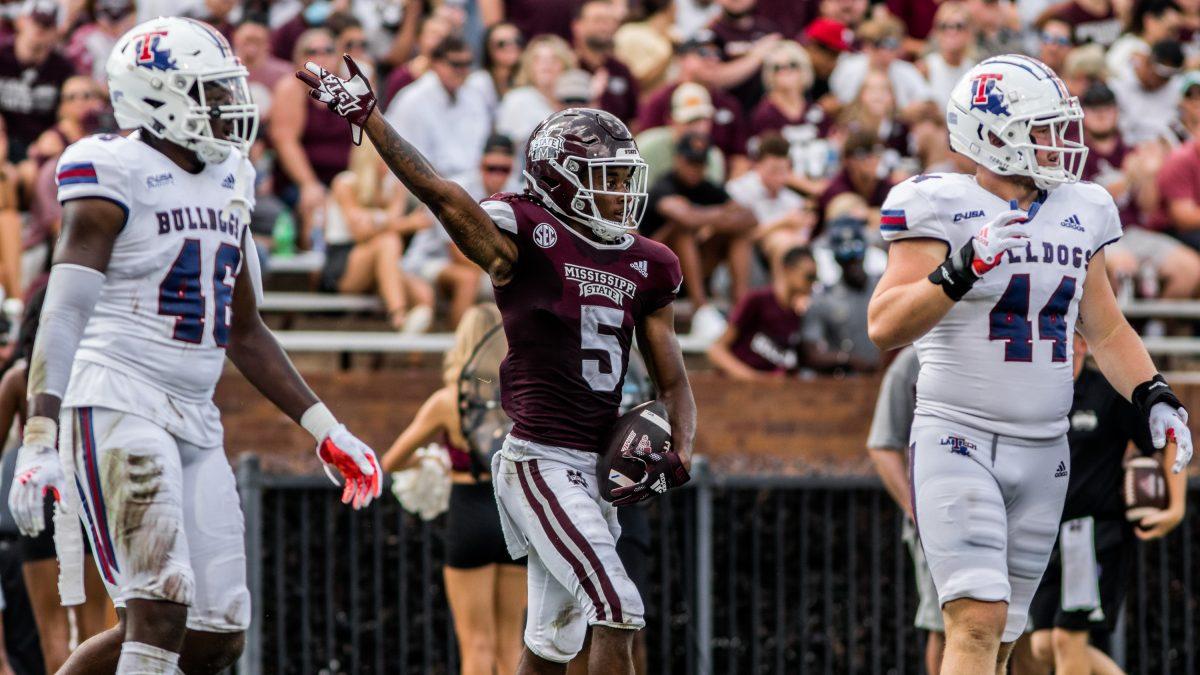In a recent opinion piece, Hannah Kaase addressed some issues concerning the financial aspects of the athletic department and the interaction between intercollegiate athletics and the academic mission of the university. Her assertion that the “university is about knowledge and learning” is on target and reminds us all of the priority of the institution. With that said, it is also apparent that, almost since its founding, intercollegiate athletics has been an integral part of university life. As an original member of the Southeastern Conference (SEC), there is an expectation that we will compete at the highest levels and against the most competitive teams in the nation.
Issues must be observed in context, and the context of intercollegiate athletics is one of intense competition. I might add this also applies to our academic endeavors and explains why we must pay more to hire a professor in one department than we do in another department. The different departments compete in different markets and, thus, pay the going rate in that market. This explains the salaries of different occupations and differences in departmental budgets.
One thing to remember is that profits equal revenues minus costs (expenditures). The athletic department basically breaks even. That is, the revenues equal the expenditures. It generates most (if not all) of its revenue through sales (tickets, etc.), donations, student fees and being a member of the SEC, which generates television revenues. All expenditures must be covered by these revenues and the biggest revenue producers, by sports, are football and men’s basketball. All the other sports are subsidized by revenues generated elsewhere. In fact, all expenditures associated with the athletic department are offset by the basic revenues sources mentioned above.
Another important factor to remember is the number of students who are directly funded through scholarships and part-time jobs with the athletic department. This is a major expense, and these monies also come from revenues generated by the athletic department.
One of my roles as the faculty athletic representative at Mississippi State is to act as a liaison between students, faculty, the athletic department and the President. An understanding of the complex financial arrangements of a university is no small task, and the more transparent and accessible the information, the healthier is an organization. But we must not lose sight of the arena where we compete. An informative place to put our athletic budget in perspective is the United States Department of Education’s Office of Postsecondary Education Web site, where the Equity in Athletics Data Analysis Cutting Tool is located. This site allows one to examine the budgets of all the SEC schools. I would encourage anyone who thinks Mississippi State University is spending exorbitant amounts on intercollegiate athletics to visit this site, which provides an appropriate context and gives one an idea of the market in which it operates.
For details on athletic budgets of colleges and universities across the nation, visit the Web site of the U.S. Department of Education’s Office of Postsecondary Education at http://ope.ed.gov/athletics/index.aspx.
Steven C. Turner is an agricultural economics professor and the faculty athletic representative. He can be contacted at [email protected].























































































